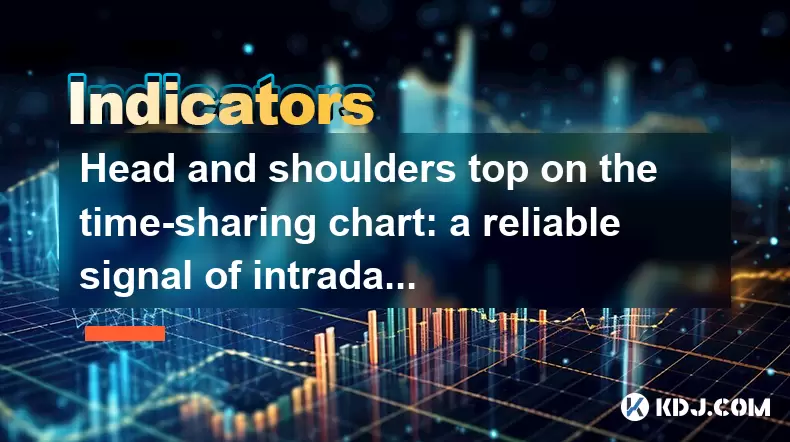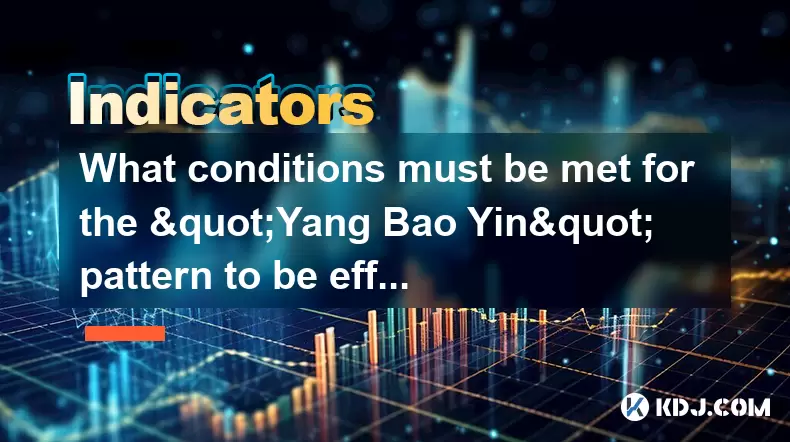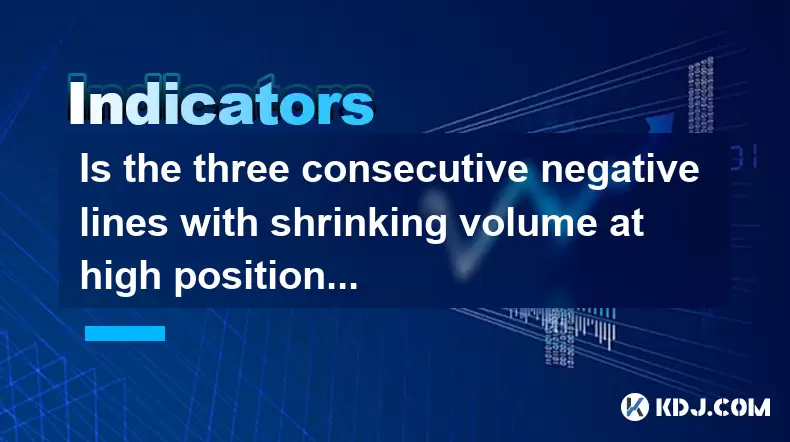-
 Bitcoin
Bitcoin $105,398.5023
1.75% -
 Ethereum
Ethereum $2,555.2076
3.43% -
 Tether USDt
Tether USDt $1.0004
-0.02% -
 XRP
XRP $2.1420
2.09% -
 BNB
BNB $651.8274
1.41% -
 Solana
Solana $146.6120
2.90% -
 USDC
USDC $0.9998
-0.01% -
 Dogecoin
Dogecoin $0.1773
3.19% -
 TRON
TRON $0.2715
0.86% -
 Cardano
Cardano $0.6350
1.86% -
 Hyperliquid
Hyperliquid $41.6576
9.72% -
 Sui
Sui $3.0264
2.34% -
 Bitcoin Cash
Bitcoin Cash $444.9663
11.29% -
 Chainlink
Chainlink $13.2560
2.72% -
 UNUS SED LEO
UNUS SED LEO $9.0324
1.94% -
 Avalanche
Avalanche $19.1824
2.67% -
 Stellar
Stellar $0.2586
1.47% -
 Toncoin
Toncoin $3.0063
2.58% -
 Shiba Inu
Shiba Inu $0.0...01205
4.59% -
 Hedera
Hedera $0.1580
3.52% -
 Litecoin
Litecoin $86.0051
4.95% -
 Polkadot
Polkadot $3.8023
2.34% -
 Ethena USDe
Ethena USDe $1.0005
0.01% -
 Monero
Monero $309.1882
1.96% -
 Dai
Dai $1.0000
0.01% -
 Bitget Token
Bitget Token $4.5486
1.61% -
 Uniswap
Uniswap $7.5266
8.36% -
 Pepe
Pepe $0.0...01113
5.10% -
 Aave
Aave $288.7607
8.66% -
 Pi
Pi $0.5784
4.89%
Head and shoulders top on the time-sharing chart: a reliable signal of intraday escape from the top?
The head and shoulders top pattern signals a potential trend reversal from bullish to bearish, commonly used in crypto trading for its reliability when confirmed with volume and neckline breaks.
Jun 13, 2025 at 04:01 am

What Is a Head and Shoulders Top Pattern?
The head and shoulders top pattern is one of the most recognized reversal patterns in technical analysis, especially within the cryptocurrency market. It typically signals a potential change from an uptrend to a downtrend. The structure consists of three peaks: the left shoulder, the head (the highest peak), and the right shoulder (which is roughly symmetrical with the left shoulder). A line connecting the lowest points between these peaks forms what's known as the neckline, which acts as a key support level.
In the context of intraday trading on time-sharing charts, this pattern can appear on various timeframes such as 1-hour or 4-hour intervals. Its reliability comes from its frequent appearance across different assets and timeframes, making it a favorite among traders who rely on chart patterns for decision-making.
Important: For the pattern to be considered valid, the volume should decrease during the formation of the right shoulder and increase significantly when the price breaks below the neckline.
How to Identify the Head and Shoulders Top on Time-Sharing Charts
Identifying this pattern accurately requires attention to detail and patience. Here are the key elements to look for:
- Left Shoulder: This forms after a strong uptrend and represents a local high followed by a pullback to a support level (neckline).
- Head: Price resumes its upward movement, surpassing the previous high (left shoulder) and then retracing again to near or slightly below the neckline.
- Right Shoulder: The third peak that doesn't reach the height of the head, indicating weakening buying pressure.
- Neckline: Drawn by connecting the two lows formed after the left shoulder and the head. A break below this line confirms the pattern.
On time-sharing charts used for intraday trading, each bar represents a fixed time interval rather than trade volume. This makes it crucial to cross-reference with volume indicators if available, especially on platforms like TradingView or Binance’s native tools.
Why the Head and Shoulders Pattern Works in Intraday Crypto Trading
Cryptocurrency markets are highly volatile and often influenced by sentiment-driven movements. The head and shoulders pattern works well in this environment due to several reasons:
- Psychological Levels: Traders tend to react similarly at key resistance levels, creating recognizable patterns like head and shoulders.
- Volume Confirmation: As mentioned earlier, volume plays a critical role. A drop in volume during the right shoulder suggests waning interest from buyers.
- Clear Entry and Exit Points: The neckline provides a clear level to place stop-loss orders above, while the measured objective gives a target for profit-taking.
In intraday settings, where decisions must be made quickly, having a clearly defined strategy around this pattern allows traders to act decisively without hesitation.
Steps to Trade the Head and Shoulders Top Pattern
Executing a trade based on this pattern involves a series of precise steps:
- Confirm Pattern Formation: Ensure all three peaks are visible and the neckline is clearly drawn.
- Watch for Breakout: Wait for the price to close below the neckline. Some traders prefer confirmation on the next candlestick closing below the line.
- Measure Target: Calculate the vertical distance from the head to the neckline and project it downward from the breakout point.
- Set Stop-Loss: Place a stop-loss just above the right shoulder to limit risk if the pattern fails.
- Monitor Volume: If volume surges during the breakout, it adds credibility to the signal.
For example, if the head is at $30,000 and the neckline is at $29,000, the projected downside would be $28,000 from the breakout point.
Common Pitfalls and How to Avoid Them
Even experienced traders can fall into traps when interpreting chart patterns. Here are some common mistakes related to the head and shoulders pattern:
- Misidentifying the Pattern: Sometimes, what appears to be a head and shoulders is actually a complex consolidation phase. Use multiple timeframes to confirm.
- Ignoring Volume: Without volume confirmation, the pattern might be unreliable. Always check if volume aligns with the expected behavior.
- Trading Before Confirmation: Entering a short position before the price breaks the neckline can lead to losses if the pattern fails.
- Poor Risk Management: Not setting proper stop-losses or taking profits too early can reduce overall profitability.
To mitigate these risks, always backtest your approach using historical data or paper trading before committing real capital.
Frequently Asked Questions
Q: Can the head and shoulders pattern appear on any time-sharing chart in crypto trading?
Yes, the head and shoulders pattern can appear on any time-sharing chart, including 1-minute, 5-minute, or 1-hour intervals. However, higher timeframes generally offer more reliable signals due to reduced noise and increased liquidity.
Q: What is the difference between a head and shoulders top and an inverse head and shoulders?
The head and shoulders top is a bearish reversal pattern, while the inverse head and shoulders is its bullish counterpart. The latter forms during a downtrend and signals a potential reversal to an uptrend.
Q: How accurate is the head and shoulders pattern in predicting price drops in crypto?
Accuracy varies depending on market conditions and confirmation methods. Studies suggest that the pattern has a success rate of around 70–80% when properly identified and combined with volume analysis and other technical indicators.
Q: Can I use automated tools to detect the head and shoulders pattern on time-sharing charts?
Yes, many trading platforms like TradingView have built-in pattern recognition tools that can automatically identify head and shoulders patterns. However, manual verification is still recommended to avoid false positives.
Disclaimer:info@kdj.com
The information provided is not trading advice. kdj.com does not assume any responsibility for any investments made based on the information provided in this article. Cryptocurrencies are highly volatile and it is highly recommended that you invest with caution after thorough research!
If you believe that the content used on this website infringes your copyright, please contact us immediately (info@kdj.com) and we will delete it promptly.
- Hyperliquid's HYPE token has reached a new all-time high
- 2025-06-14 11:20:13
- Introduction to Pump.fun Token Launch Progress
- 2025-06-14 11:20:13
- Introduction: The Dawn of Altcoin ETF Summer
- 2025-06-14 11:15:13
- Coinbase vs. Crypto.com - Which exchange is right for you?
- 2025-06-14 11:15:13
- The 50‑day moving average for Dogecoin recently dipped below the 200‑day
- 2025-06-14 11:10:12
- mETH Protocol Integrates with Hong Kong–based OSL to Expand Institutional Access to Liquid Staking
- 2025-06-14 11:10:12
Related knowledge

How to calculate the probability of trend continuation after the MACD column divergence?
Jun 14,2025 at 08:01am
Understanding MACD Column DivergenceThe Moving Average Convergence Divergence (MACD) is a widely used technical indicator in cryptocurrency trading. The MACD column, also known as the histogram, represents the difference between the MACD line and the signal line. When price makes a new high or low but the MACD histogram does not confirm this movement, a...

What are the volume requirements for adjusting the K line in the "rising three methods" pattern?
Jun 14,2025 at 07:50am
Understanding the 'Rising Three Methods' Pattern in Cryptocurrency TradingThe 'rising three methods' pattern is a bullish continuation candlestick formation that traders often use to identify potential upward momentum in cryptocurrency price charts. This pattern typically appears during an uptrend and suggests that the trend is likely to continue after ...

What conditions must be met for the "Yang Bao Yin" pattern to be effective?
Jun 14,2025 at 06:42am
Understanding the 'Yang Bao Yin' Pattern in Cryptocurrency TradingThe Yang Bao Yin pattern is a candlestick formation commonly observed in technical analysis within the cryptocurrency market. This pattern typically signals a potential bullish reversal after a downtrend. However, for this pattern to be effective and reliable, certain conditions must be m...

Is the three consecutive negative lines with shrinking volume at high positions a signal that the main force has finished shipping?
Jun 14,2025 at 09:56am
Understanding the Concept of Three Consecutive Negative LinesIn cryptocurrency trading, three consecutive negative lines refer to a situation where an asset's price chart shows three successive candlesticks with closing prices lower than their opening prices. This pattern typically indicates bearish sentiment in the market. When this occurs at high posi...

Is it an opportunity for the long positive line with large volume to break through the platform and then shrink back?
Jun 14,2025 at 04:42am
Understanding the Long Positive Line with Large VolumeIn technical analysis, a long positive line refers to a candlestick pattern where the closing price is significantly higher than the opening price, often indicating strong buying pressure. When this occurs alongside large volume, it suggests that market participants are actively involved in pushing t...

How to grasp the 60-minute KD oversold + 15-minute bottom divergence?
Jun 14,2025 at 06:15am
Understanding the 60-Minute KD Oversold SignalThe KD indicator, also known as the Stochastic Oscillator, is a momentum oscillator that compares a particular closing price of a cryptocurrency to its price range over a given time period. When analyzing 60-minute charts, traders often look for oversold conditions in the KD line, which typically occur when ...

How to calculate the probability of trend continuation after the MACD column divergence?
Jun 14,2025 at 08:01am
Understanding MACD Column DivergenceThe Moving Average Convergence Divergence (MACD) is a widely used technical indicator in cryptocurrency trading. The MACD column, also known as the histogram, represents the difference between the MACD line and the signal line. When price makes a new high or low but the MACD histogram does not confirm this movement, a...

What are the volume requirements for adjusting the K line in the "rising three methods" pattern?
Jun 14,2025 at 07:50am
Understanding the 'Rising Three Methods' Pattern in Cryptocurrency TradingThe 'rising three methods' pattern is a bullish continuation candlestick formation that traders often use to identify potential upward momentum in cryptocurrency price charts. This pattern typically appears during an uptrend and suggests that the trend is likely to continue after ...

What conditions must be met for the "Yang Bao Yin" pattern to be effective?
Jun 14,2025 at 06:42am
Understanding the 'Yang Bao Yin' Pattern in Cryptocurrency TradingThe Yang Bao Yin pattern is a candlestick formation commonly observed in technical analysis within the cryptocurrency market. This pattern typically signals a potential bullish reversal after a downtrend. However, for this pattern to be effective and reliable, certain conditions must be m...

Is the three consecutive negative lines with shrinking volume at high positions a signal that the main force has finished shipping?
Jun 14,2025 at 09:56am
Understanding the Concept of Three Consecutive Negative LinesIn cryptocurrency trading, three consecutive negative lines refer to a situation where an asset's price chart shows three successive candlesticks with closing prices lower than their opening prices. This pattern typically indicates bearish sentiment in the market. When this occurs at high posi...

Is it an opportunity for the long positive line with large volume to break through the platform and then shrink back?
Jun 14,2025 at 04:42am
Understanding the Long Positive Line with Large VolumeIn technical analysis, a long positive line refers to a candlestick pattern where the closing price is significantly higher than the opening price, often indicating strong buying pressure. When this occurs alongside large volume, it suggests that market participants are actively involved in pushing t...

How to grasp the 60-minute KD oversold + 15-minute bottom divergence?
Jun 14,2025 at 06:15am
Understanding the 60-Minute KD Oversold SignalThe KD indicator, also known as the Stochastic Oscillator, is a momentum oscillator that compares a particular closing price of a cryptocurrency to its price range over a given time period. When analyzing 60-minute charts, traders often look for oversold conditions in the KD line, which typically occur when ...
See all articles

























































































